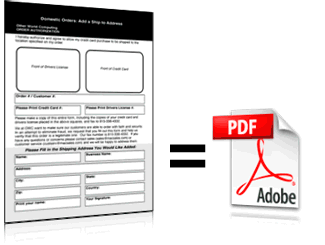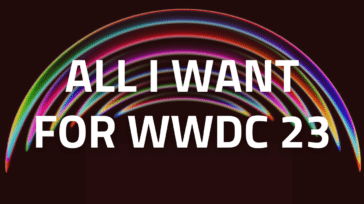 Last week we discussed cross-platform compatibility. I’d like to continue the theme of interoperability with something a little more close to home – document layout.
Last week we discussed cross-platform compatibility. I’d like to continue the theme of interoperability with something a little more close to home – document layout.
With basic documents – large blocks of text with few, if any images – you can usually get away with a Rich Text File or a Word document and “standard” fonts. However, unless someone else is going to be editing the document, there’s a better way to distribute the information, so that its viewable cross-platform, while retaining all its formatting: use the Portable Document Format, commonly known as PDF.
PDF documents contain three major components:
- PostScript page description information, for layout
- Embedded fonts used in the document
- Storage for any other content (images, movies, etc.)
The only thing the end user sees, though, is a single document, which can be read in a number of different programs, including the free Adobe Reader, Preview (built into OS X) and Safari. What appears on screen is a document laid out exactly as it was created, with the same fonts, images, positioning and the like, regardless of what application was used to create it or what computer, OS, or program is used to read it.
In other words, no matter where it’s viewed, a PDF always looks the same.
This is great for a number of different uses.
- Its cross-platform compatibility makes it great for online distribution of documentation and sales materials.
- Cross-platform readability also comes into play for job hunters who can have a résumé available online that’s readable by potential employers (though, unfortunately, many still prefer a Word document version, so you may wish to offer both).
- For students and teachers who want to save a couple trees, it can be used to electronically distribute documents that would normally require printing – course syllabi, handouts, reports, and the like.
- Graphic artists can use them to make online portfolios.
- Its basis in PostScript and its retention of fonts, images and positioning make it wonderful both for paperless print previews and sending off for mass printing.
- For that matter, anybody with a document that has special fonts, graphics, Web links or the like which they would like to distribute while retaining the same format can do so with PDF.
This is just a short list that I came up with off of the top of my head; I’m sure there’s more.
Of course, after going on about how useful PDFs are, I suppose I should talk about how to create them.
In Mac OS X, if the program supports the standard printing protocols, then you should see a “PDF” menu in the lower left corner of the Print dialog box. Select “Save as PDF,” choose a location, fill in the document information if you wish, and click Save. In a moment, a PDF will appear where you specified.
Microsoft Word 2008 has a couple of ways to create a PDF. You can create one using the “Print” method mentioned above. Alternatively, you can choose to “Save As…” and select PDF from the Format menu.
If you’re going for real sophisticated PDF creation, though, you’ll want all the features of Adobe Acrobat Pro. This program will allow you to apply passwords, set permissions, create forms that can be filled out electronically, and a number of other things, as well. Combine it with Adobe InDesign CS4, and you have a design powerhouse, allowing you to create sophisticated documents that integrate text, graphics, even multimedia. Both pieces, as well as other useful apps, such as Photoshop and Illustrator, can be found in Adobe Creative Suite 4.
From a simple paper to a huge business proposal, presentation plays a large part in getting your message across. Using PDFs helps you keep control of how your documents are presented, allowing your full message to shine through.








